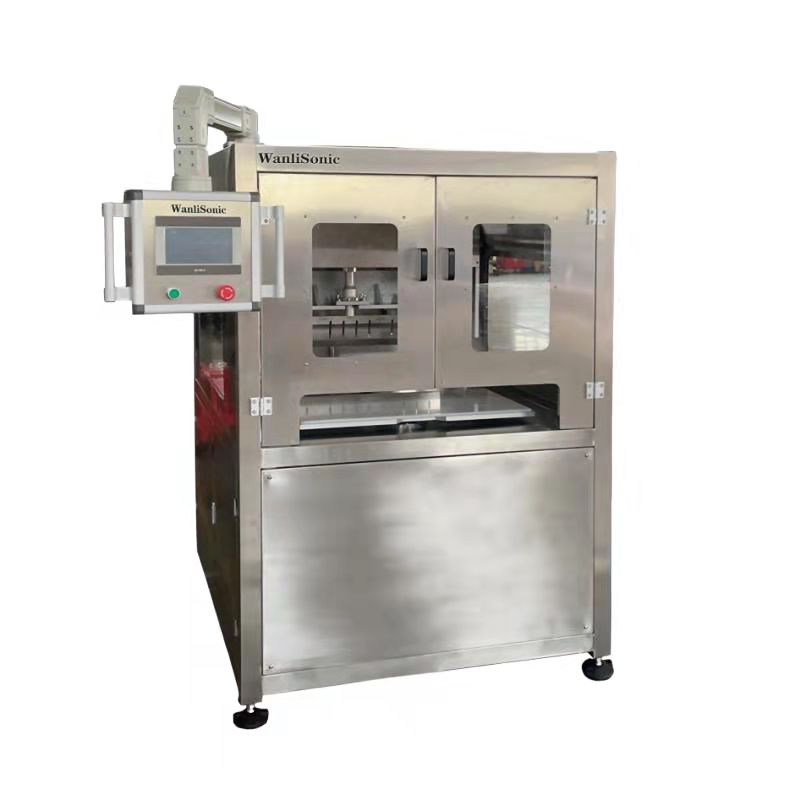The unit of sound pressure is Pa (Pa), and its size reflects the strength of the sound wave, that is, the strength of the wave energy of the propagation. The greater the sound pressure, the greater the intensity of the ultrasound and the stronger the energy transmitted. It is currently one of the important physical quantities that are often used to describe the properties of sound waves. Through the measurement of sound pressure, other physical quantities such as particle velocity can be obtained indirectly.
During the propagation of longitudinal waves in an elastic medium, the pressure of the medium dots changes with time, and the density of the medium dots is dense and sparse. According to the integration principle, we can think of a continuous medium as composed of many closely connected small volume elements dV. The medium in such a volume element dV can be further regarded as a mass point with a mass of ρdV. ρ is the density of the medium, which is the amount that changes with time and position under the action of sound waves. After the volume element dV is disturbed by sound waves, the pressure changes from p0 to p1, then the excess pressure p caused by the sound wave disturbance is called sound pressure: p=p1- p0
Due to the short wavelength and high frequency of ultrasonic waves, the energy it has is very large, which can cause a significant sound pressure effect on the particles of the medium.
Application: Ultrasonic application in food: ultrasonic blade, ultrasonic cutting machine







